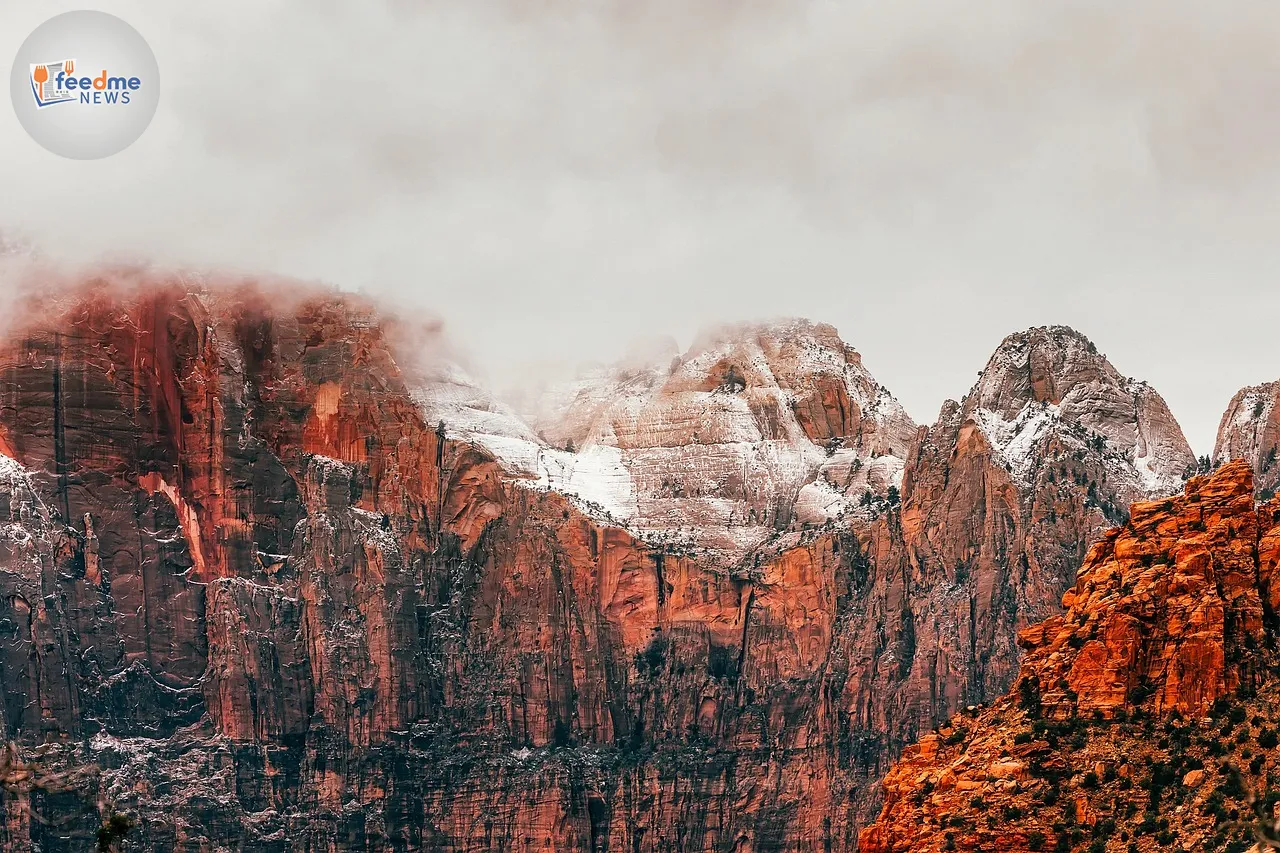Budget cuts to national parks and forests across the United States have sparked a wave of concern from park employees, conservationists, and the general public. As summer approaches, these cuts could have significant implications for both public safety and the protection of wildlife. The decision, which affects some of the country’s most cherished natural landscapes, is drawing criticism from those who fear the loss of vital services and the degradation of these pristine environments.
The funding reductions, announced in late February 2025, will lead to decreased staffing levels and reduced maintenance in numerous national parks and forests. The National Park Service (NPS) and other related agencies are grappling with how to manage these changes without compromising the safety of visitors and the integrity of ecosystems.

Timing and Impact of Budget Cuts
The timing of these cuts, just before the peak summer season, raises significant concerns. National parks, which see millions of visitors each year, rely heavily on seasonal staffing to manage the influx of tourists. The reductions mean fewer rangers and maintenance workers will be available to handle the expected surge in visitors.
The cuts come as part of a broader effort to streamline federal spending. However, critics argue that the timing is particularly problematic, as it coincides with the busiest period for national parks. These areas not only provide recreational opportunities but also play a crucial role in local economies, particularly in rural areas where tourism is a major source of income.
Concerns Over Public Safety
One of the primary concerns raised by park employees is the potential impact on public safety. With fewer rangers on duty, response times to emergencies could be delayed. Rangers are essential for providing assistance to lost or injured visitors, enforcing park regulations, and ensuring the safety of all park-goers.
John Markham, a senior ranger at Yosemite National Park, expressed his worries, stating, “Our ability to respond quickly to incidents will be severely hampered. This puts both our visitors and staff at greater risk, especially during the high season when the parks are most crowded.”
Wildlife Preservation at Risk
The reduction in funding also poses significant risks to wildlife preservation efforts. National parks and forests serve as critical habitats for numerous species, some of which are endangered. The cuts could affect ongoing conservation projects, including habitat restoration and animal monitoring programmes.
Environmental groups have voiced their concerns, noting that reduced maintenance could lead to increased pollution and habitat degradation. Sarah Collins, a spokesperson for the Wilderness Society, warned, “Without adequate funding, we risk undoing decades of progress in wildlife conservation. These cuts threaten the very ecosystems that make our national parks unique.”
Economic Implications for Local Communities
The economic impact on local communities cannot be underestimated. Many towns near national parks rely heavily on tourism, and any decline in visitor numbers could have a ripple effect on local businesses. Hotels, restaurants, and shops often see a significant portion of their annual revenue during the summer months.
Local business owners are already expressing apprehension. “We depend on a steady stream of tourists,” said Maria Gonzalez, owner of a small inn near Yellowstone National Park. “If fewer people visit because of safety concerns or reduced services, it will hit our community hard.”
Calls for Reversing the Cuts
In response to the backlash, several lawmakers and advocacy groups are calling for a reversal of the budget cuts. They argue that the long-term benefits of investing in national parks far outweigh the short-term savings. The parks are not only vital for conservation and recreation but also serve as an educational resource for millions.
Congressman David Reynolds, who represents a district with several national parks, has been vocal in his opposition. “Our national parks are a national treasure,” he said. “We must ensure they remain protected and accessible for future generations.”
Looking Ahead
As the debate over funding continues, the future of the nation’s parks hangs in the balance. The upcoming summer season will be a critical test of how these budget cuts will affect park operations and visitor experiences. Stakeholders are urging the government to reconsider its approach and prioritise the preservation of these vital natural resources.
The outcome of this situation will likely shape future policies regarding public lands and conservation efforts. As the conversation around environmental stewardship grows, the decisions made today will have lasting impacts on both the environment and the communities that depend on it.





